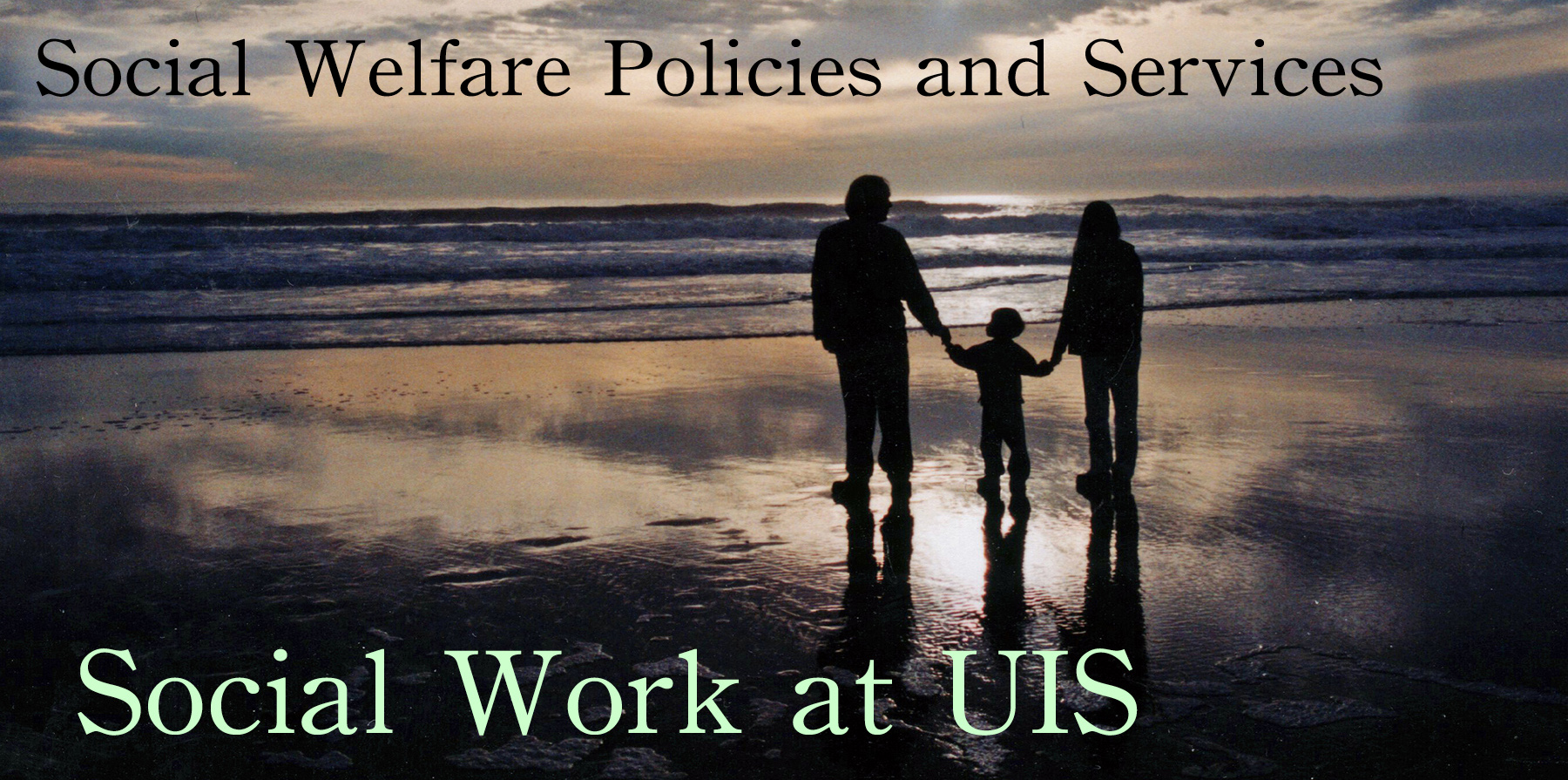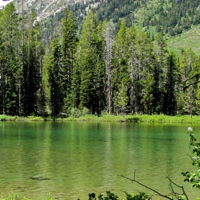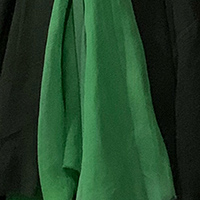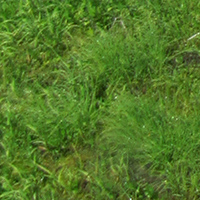Class meeting this week is on zoom on February 2nd from 6:00 to 8:00 or 8:30.
Discussion boards active from February 2nd through February 16th. Class session runs from 6:00pm on Feb 2nd to 5:59pm Feb 9th.
You should watch Poverty, Politics and Profit and also The River online this week. We may possibly watch one of these together on Zoom.
This page describes what you should do in this third session.
Objectives of this session
- Learn a bit about welfare reform.
- What are the supposed successes of welfare reform, and what are the claimed failures?
- How did people present welfare programs during the 1930s through films to encourage support of government policies? What techniques or images did the government use in documentaries such as The River?
- How is there sometimes corruption in the policy that provides tax credits to developers who create low-income housing?
- What are some of the difficulties in constructing new low-income housing in wealthier neighborhoods and suburbs?
- What are some of the issues with the housing vouchers? What are points in the housing policy that raise concern?
- How can some people be so poor that they live on less than $800 per year in cash income? What causes situations like that?
- How do we measure poverty in the United States?
Time Budget for 11 hours
3h 30m Class meeting on Zoom and time spent on discussion boards.
4h 15m Reading up to page 91 in $2 A Day.
1h 30m Watching The River and Poverty, Politics and Profit
45m Finding an article at the $2 A Day website, reading it, taking notes on it, and preparing to discuss it and share it with the class in session 4.
1h Time to work on your first policy paper. It is not due, but you should not do the whole paper the week it is due, so start work on it this week.
What will happen in the class meeting at the start of this session?
During our meeting in the third session of class, we will discuss:
1) any current events related to social welfare policy or services
2) any examples of ideology we have noticed in internet coments or forums
3) share the blog articles on topics related to economics we found and explain what they claimed
4) identify social justice issues related to economics, or at least disucss how what we learn in Economix might have application in social work practice.
5) I'll give introductions to the documentary on Poverty, Politics and Profits and The River to explain why we watch those and what to look for in those films.
6) We will talk about our values and the ideologies that seem closed to our own worldviews.
7) This will lead into a discussion of moral foundations theory and ideology in general, and we will discuss some of the things that correlate to ideological perspectives.
8) I will again emphasize the importance of understanding values and ideologies of your audience, so that you can be more influential and persuasive in policy advocacy.
9) I will go over the tasks you must accomplish in the third week, and briefly outline what you should pay attention to as you read $2 a Day.
What must you read this week?
Begin reading $2 a Day by Kathryn J. Edin and H. Luke Shaefer
Read pages 11-24 (xi-xxiv) in the introductory section, and then pages 1-91 in $2 a Day. Be sure to write down some notes about the reading. In particular, choose two examples of how characters in the book are helped by the social welfare system, and two examples of how the existing social welfare policies and services are failing to function adequately in the cases. You ought to write down these and bring them to class to help with the class discussion. (4 hours and 15 minutes allocated for a close and careful reading).
You must also find an article at the $2 A Day website, and read that, and take notes on that.
Total reading time: 4 hours and 15 minutes
What must you watch this week?
You can either check out The River / the Plough that Broke the Plains from the UIS library or watch The River online. in class during session four we will discuss how the film works as a piece of persuasive media. How does attempt to resonate with audiances (to persuade them to support the Tennessee Valley Authority, the Civilian Conservation Corps, and the Farm Security Administration, and Rural Electrification)? What techniques were used in this film that might be used in persuasive rhetoric today?
(the film The River is slightly over 30 minutes in length)
The Frontline episode 12 from season 35 (first broadcast in May of 2017) Poverty, Politics and Profit This documentary is about 55 minutes long.
Activities
I expect you to read one supplementary article of your choosing from the $2 A Day website. Aside from this, you have the regular tasks of assigned readings; some documentaries to watch; and as always, participation in the discussion board on Canvas.
- Watch the 1937/38 documentary The River to study how farm relief and other New Deal programs were presented in movie theaters during the Depression. You can see this on YouTube.
- Watch the 2017 Frontline episode Poverty, Politics and Profit
- Check out articles at https://www.twodollarsaday.com/resources/ and pick one article and read it. Write down some notes so you can share in class and discuss what you read.
- Writing:
Write down notes on the article you find at the TwoDollarsADay website. Bring the notes to class.
Start preparing for your first reaction essay, picking a topic this week.
Start preparing for your first policy paper, picking a topic and possibly outlining what you want to do.
- Tasks:
Select a topic and begin reading about an issue (a policy/program/law or proposal for a new policy/program/law or a proposal to amend an existing policy/program/law that lies within the realm of social welfare policies and services). You will use for your first policy paper to write an analysis of a policy for a readership of someone in government (either executive or legislative). Most students write an advocacy letter or brief, but you could write a more neutral analysis to help someone make a decision about supporting/opposing a policy (pretend you work as someone’s legislative staff person, and you have been asked to prepare a brief for your boss about a policy).
Watch the following two films: The River and Poverty, Politics and Profit (River also available here)
- Read up through page 91 in $2 A Day and take notes.
Notes on The River
A transcript of the film is available as a poem.
Here is what Finis Dunaway had to say in a description of the film in Natural Visions: The Power of Images in American Environmental Reform (2016, pp. 68-73):
Following the initial scenes of the river, the film journeys through the development of three regional economies: the cotton fields of the Mississippi Delta, the forests of the upper Midwest, and the iron and coal of the Allegheny Mountains. For the most part, these sequences evoke an exuberant mood; they seem to celebrate the spirited pace of economic growth.
Yet in the sequences that follow, the plot line reverses itself. Rather than continuing its upward path, the story turns toward decline and devastation. By wasting resources quickly and carelessly, Americans did not respect the temporality of nature, the ecological past that preceded their settlement and transformation of the land. A key sequence of The River presents this idea, as it portrays the wreckage and ruins left by a heedless civilization. Charred tree stumps, burned-out hills, and lifeless landscapes flicker across the screen. Panoramic shots of wasted landscapes suggest the interrelationships among land, water, and people. The narrator ruefully surveys the damage: "We cut the top off Wisconsin and sent it down the river. We left the mountains and hills slashed and burned, And moved on." The film suggests that the ecological devastation resulted from Americans developing a transient relationship to the land. Focusing only on the present moment, American culture lost sight of the history embedded in a place, of the delicate balance that nature constructed over the ages. Disregarding natural limits, the culture did not encourage a sense of belonging to the landscape. Instead, American society extracted the wealth from one place and then imagined an infinite supply of resources stored, somewhere, beyond the next frontier. This boundless conception of space promoted not only he forgetting of the ecological past, but also the inability to take stock of the future, to feel a sense of obligation to the generations that follow. It created a perception of space that is blind to time.
"We built a hundred cities and a thousand towns," the narrator continues, "but at what a cost!" His words invoke the cliché that progress has its price. Yet the film raises deeper issues, suggesting that the idea of progress itself rests upon a profound amnesia, a fiction that we live in a society of our own creation- a wholly human world. As Lorentz realized, industrial society encourages people to forget their ultimate dependence upon nature; it obscures the ties between cities and the ecosystems that sustain them. While Gleason used the camera to record the imminent loss of Hetch Hetchy, Lorentz evoked memory in a different fashion. He tried to remind viewers of what had been forgotten in the rush to modernity, to make them recognize the earthly roots of the nation's material success, to remember the wealth nature had stored Laid Bare.
"Many people," they explained, "are deeply concerned these days about erosion and soil conservation. . It may be a strange coincidence that led Mr. Hogue and the photographers of 'The River to see the desolate, stripped earth in such similar terms." While the Magazine of Art praised both Hogue and Lorentz, the editors believed that the film surpassed the painting in its visual and emotive power.
"We cannot help noting," they concluded, "that there are some things a movie camera can do more forcefully than a paint brush." Through a wide-angle lens, Lorentz used the mechanical vision of the camera to capture the reality of soil erosion and to portray the ecological fabric of the Mississippi Valley.
Moving from the loss of natural resources, The River then considers another tragedy—the impoverishment of sharecroppers and tenants living in the valley. The camera enters a family's home. Suffused with pathos, these scenes make the people appear plaintive and spiritless. Unlike Dorothea Lange and Walker Evans, who tried to capture the dignity and perseverance of poor Americans, Lorentz emphasized the melancholy, resigned expressions of the family members. They do not smile or talk to one another. They seem debased and without hope.
They are also white. Like many other documentary artists in the thirties, Lorentz chose to focus on the suffering of white people. Despite the large number of African American sharecroppers and tenants in the South, The River does not show their faces. Instead, the film laments the decline of white farm workers to a state of desperation and dependence.
Throughout the film, the narrator uses the pronoun "we" to describe the ways that Americans changed the land. "We cut the top off Wisconsin, and sent it down the river." "We built a hundred cities and a thousand towns, but at what a cost!" What is missing from the constant invocation of how “we" abused the land is the question of social and power relations. The film obscures the conflicts between different groups in American society; it focuses instead on the clash between culture and nature, between American civilization and the American earth. By ignoring issues of class interest, The River equates the impoverishment of land with the impoverishment of people; it presents them both as the result of uncontrolled economic growth. The narrator offers a circular explanation: “And poor land makes poor people. Poor people make poor land.”
The narrator’s mantra of “we” reflects a widespread tendency in 1930s culture: the rhetoric promotes the idea of a mythic, unified America, a people connected by a common past and emboldened by a common will in the present. The film extends this vision of America as a collective whole to the nation’s landscape. By telling a story of decline, the film tries to induce a longing to belong, a desire to live in harmony with the American earth, As he did in The Plow, Lorentz again borrowed from the jeremiad sermon to warn of nature's vengeance directed against a sinful nation. The film begins with the origins of the river—with scenes that suggest the beginning of the world, the ideal state of nature. From there, it follows the downward spiral that leads to the devastation of the thirties. In order to avoid the impending end, Lorentz called for ecological reform through national cohesion.
I should point out that Finis Dunaway accurately observes that African-Americans are inadequately represented in the film, and class analysis or observations about conflicting interests are obscured. This was not a “choice” made by the filmmakers due to prejudice. The filmmakers were actually quite radical, and would have made a different film if the film’s purpose was simply an artistic expression or study. The film, however, was a government film, and the government employees who created it were given a purpose to pursue with the film. They were making the film to build public support for large government-funded interventions. Specifically, the film was trying to build public support for the Tennessee Valley Authority, the program of Rural Electrification, the Civilian Conservation Corps, and the Farm Security Administration’s housing policies and home loans. These were controversial policies, and many conservatives vehemently opposed these, so the objective of this film was to create a counter-narrative to the criticism of Roosevelt’s policies and especially those New Deal projects of social workers in his administration such as Henry Hopkins and Francis Perkins. America in the 1930s was still in the nadir of race relations. Had the filmmakers given African-Americans a significant showing in the film, this could have undermined their purpose, which was building up the support of voters, especially in the South (where European-Americans did not permit voting by most African-American citizens). In fact, there is an anecdote that the director (Lorenz) met one of his African-American friends down in the south during the filming, and shook the man’s hand, and was generally quite warm and friendly with him out in public. This caused a sort of scandal, and Lorenz was warned that he must be more discrete and cautious, as such displays of his lack of racism could undermine the whole project and get the film stopped by powerful political leaders from the south.
Interesting Stuff To Explore
Notes on Poverty
Optionally, if you are interested, check out any of these books from the library or download them from the internet and take a look at how people have written about poverty in the past:
- Friedrich Engels’ The Condition of the Working Class in England (1845) https://www.marxists.org/archive/marx/works/download/pdf/condition-working-class-england.pdf
- William Dodd’s The Laboring Classes of England (1847) https://babel.hathitrust.org/cgi/pt?id=uc2.ark:/13960/t5s759x7t&view=1up&seq=7
- Jacob Riis’s How the Other Half Lives: Studies among the Tenements of New York (1890) https://www.gutenberg.org/ebooks/45502
- Jack London’s The People of the Abyss (1903) https://london.sonoma.edu/Writings/PeopleOfTheAbyss/
- Upton Sinclair’s The Jungle (1906) [this is a work of realistic fiction set in Chicago, Illinois] http://www.gutenberg.org/files/140/140-h/140-h.htm
- John Steinbeck’s The Grapes of Wrath (1939) [this is a work of realistic fiction] https://www.arts.gov/initiatives/nea-big-read/grapes-wrath
- Oscar Lewis’s Five Families: Mexican Case Studies in the Culture of Poverty (1959) https://www.worldcat.org/title/five-families-mexican-case-studies-in-the-culture-of-poverty/oclc/259788
- Michael Harrington’s The Other America (1962) Brookens Library HV91 .H31969.
- Elliot Liebow’s Tally's Corner: A Study of Negro Streetcorner Men (1967) E185.93.D6 L5 1967
- Studs Terkel’s Working: People Talk About What They Do All Day and How They Feel About What They Do (1974) [this is a work of oral history, and includes interviews with persons from all sorts of backgrounds and classes.] Brookens Library HD8072 .T4
- Mimi Abramovitz’s Under Attack, Fighting Back: Women and Welfare in the United States (1977; 1996). Brookens Library HV91 .A271996
- Elijah Anderson’s Code of the Street: Decency, Violence, and the Moral Life of the Inner City (1999). Brookens Library F158.9.N4 A52 1999
- Barbara Ehrenreich’s Nickel and Dimed: On (Not) Getting By in America (2001). HD4918 .E375 2011
So You Want to Make a Difference; Advocacy is the Key (Nancy Amidei)
Our late colleague, professor Sandy Mills, thought very highly of this book. She was the NASW lobbyist here in Springfield for some years before she became a faculty at UIS, so she was very well-aquainted with advocacy and the legislative processes. The newer edition of this book is available for Kindle from Amazon.
Other books to help with advocacy include:
The Lobbying and Advocacy Handbook for Nonprofit Organizations, Second Edition
by Marcia Avner, Josh Wise, Jeff Narabrook, Jeannie Fox, Susie Brown, & Jon Pratt.
Confronting Oppression, Restoring Justice: From Policy Analysis to Social Action by Katherine van Wormer, Laura Kaplan, & Cindy Juby.
Rules for Radicals by Saul Alinsky.




















